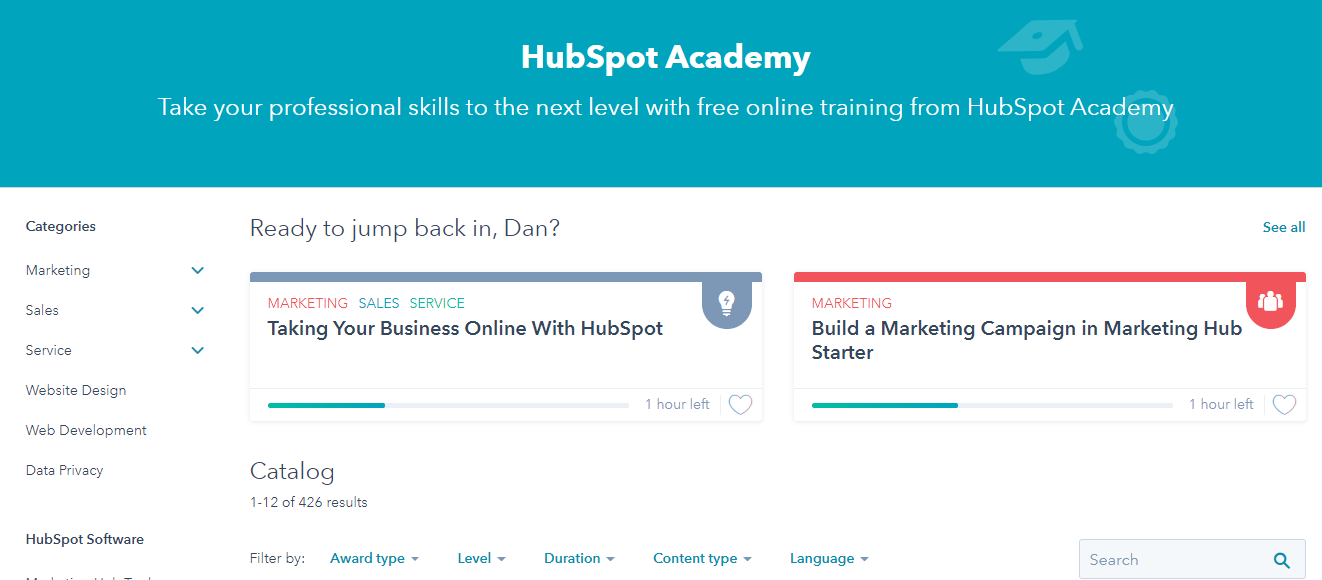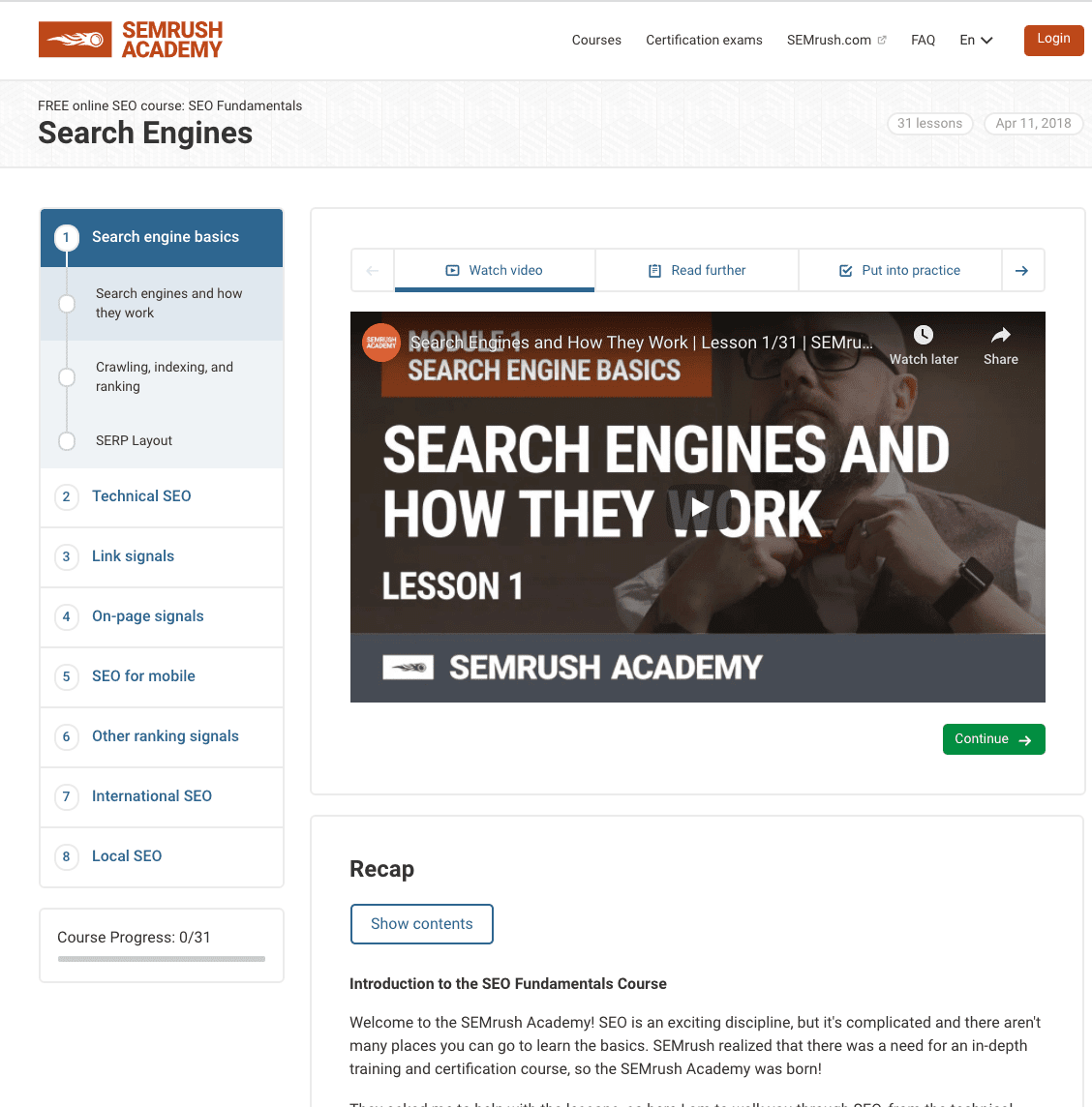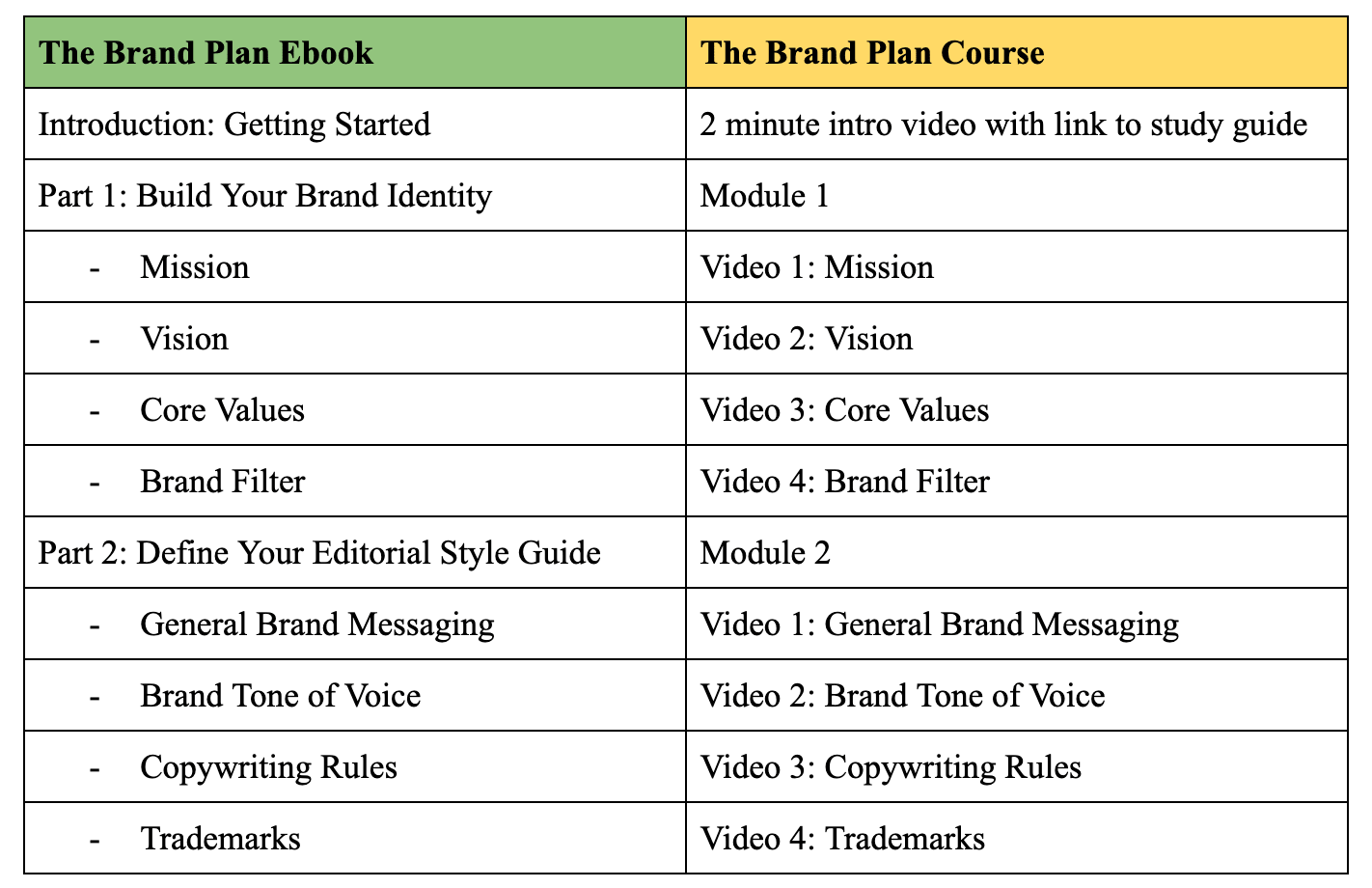Are you seeing a lower return of effort for traditional premium content like whitepapers, webinars, ebooks and more?
Alternatively, do you find the biggest results just aren't there for the amount of work you put into the creation? If so, you're not alone. While these offers can provide in-depth insights for prospects, not every prospect sees the value in them.
Still, we continue offering premium content to build trust throughout the buyer's journey and learn information about prospects along the way.
And yet, the problem remains: Where do you draw the line between offering free, useful content and charging for your expert knowledge and insight?
Some brands are beginning to define this blurry line by developing their own learning management systems (LMS), as a private hub for paid access to their best educational resources.
And yes, you can even build an LMS in HubSpot. Here, we'll explore what a learning management system is, the benefits of using one, and how you can repurpose content into your own guided learning course.
Let's dive in.
What's a learning management system (LMS)?
First, let's first make sure we're on the same page with a definition.
A learning management system (LMS) is a software application to administer, document, track, report on and deliver educational courses, training programs, or learning and development programs.
It's a portal that users can log into to exclusively access the premium content you develop specifically for your paid audience. (Paid can mean literal financial payment or the currency of data/membership).
While online courses aren't new, using a learning management system (LMS) to deliver premium content is still uncharted territory for most brands.
As marketers, we're always trying to create valuable content. But in a crowded marketplace, it can be difficult to demonstrate value in your content even if you have a strong content marketing strategy.
That's where a guided learning course can prove beneficial. A guided learning course can offer in-depth solutions to your prospects' challenges, and ultimately, can provide your company with higher-quality leads.
Which makes LMS' invaluable to anyone wanting to create a guided learning course, since courses need to be built on a LMS.
To explore the importance of guided learning courses, let's consider an example. Let's say you have two competitors, and both offer a webinar on "Email Marketing Strategy".
To differentiate your own brand, imagine instead you take an hour-long webinar and split it up into a dozen topics for five-to-seven minutes each. That could easily be offered as a 12-module course.
Your prospect can now go through the content on their own time and only explore the sections that feel relevant to them, versus having to sit and listen to an hour-long webinar. The perception and value is magnified and fits the nature of how your prospect actually wants to consume the content.
Why use an LMS?
Once we know what an LMS is, it's time to explore why. As you learn what an LMS is and how it works for users, let's dig into why it could change your business.
1. User Accessibility
Right now most marketers create an ebook, promote that PDF through blog posts and social posts, then use workflows and emails to "guide" prospects and contacts throughout the journey.
We can tell when someone downloads the PDF, but we have no idea how much they consume. Then, with emails, information can get lost on the user side of the equation. So many of us delete emails or forget what the exact phrase in an email is we're searching for … it can easily become a mess.
An LMS allows the user flexibility to go back into the journey and see what they need to see inside a comprehensive portal.
Users no longer have to rely on emails. Instead, they can reference each step in the learning path, see what's next, and enjoy a more realistic and user-friendly experience.
2. Buyer's Journey Trackability
On the marketer's side, an LMS provides us with more data points to better understand a prospect's position in the buyer's journey — especially when using an LMS for lead management and education.
Imagine a world where you can watch your buyer discover your content during their awareness stage, and move through consideration and into the decision stage, all within your ecosystem.
It's possible to track a prospect's journey throughout the buying stages with guided learning courses that tailor to users in different stages of the buyer's journey — this is what truly creating content for the buyer's journey looks like.
With a webinar or PDF, you're left wondering how much someone consumed. You don't have access to the data with PDFs. You know prospects downloaded it, but did they actually consume the information? For the most part, it's the same with webinars on the user level.
When you use guided learning or an LMS, you can see every module or every single page they viewed, and how far through the course users got. You can measure to make sure it's effective in general, and you can also measure the intent and automate your systems based on topic performance and even individual chapter performance.
3. Cross-Device Consumption
Want to know a bonus to creating a guided learning course that users sign into for consumption? Think about a frictionless cross-device experience.
How often do we start a video or article on our laptop while working or researching, only to want to continue it on our phone later? This is especially true when the content is longer than a 2-minute video.
When a user has a membership to your LMS, they can go to their laptop, their phone, their iPad … wherever they want to consume content at that moment, and it's there waiting for them. That's winning at UX!
Guided Learning Course Examples
What does a learning management system look like in practice? Let's take a look at two examples right under our noses.
1. HubSpot Academy
HubSpot Academy is a great example of using an LMS for lead generation and trust building.
Academy courses teach users all about HubSpot's philosophy and mindset. Users can learn about HubSpot before purchasing HubSpot's products or services — but users can also learn about a variety of other marketing, sales, service, and web design topics without ever becoming a HubSpot customer.
Consider the Marketing Software Certification course. Instead of a PDF with screenshots, users can walk through videos with screen-sharing options, download study guides, and take quizzes and exams along the way to assess progress.

2. SEMrush Academy
SEMrush offers solutions for SEO, PPC, content, social media, and competitive research. To appeal to both prospects and users, the company created SEMrush Academy, a Digital Marketing guided learning course with courses on SEO, content marketing, PPC, and more. SEMrush Academy is free and offers a certification when users complete courses.
Best of all, the guided learning courses have both video and text with some of the industry's most well-known digital marketing professionals, and while all courses are offered in English, many of them are also offered in Spanish.
Whether you're a content marketer looking to up your game or you're already a customer of SEMrush, you'll undeniably find value in their courses, ranging from beginner to advanced.

For more inspiration, take a look at 60 Best Free Online Courses For Whatever You Want to Learn.
How to Repurpose Your Content into a Guided Learning Course
If you're thinking, "Wait a minute ... Now I have to create all this new content?" take a breath. Yes, new content is needed. However, you can also repurpose content you already have as you're creating new content for your LMS strategy.
Most of your existing content can be reimagined into a guided learning course.
You can revisit popular ebooks, webinars, pillar pages, blog posts, slide decks and more to create a multimedia course to serve your customers. You can even turn toolkits and related offers into guided learning opportunities.
For instance, you might consider taking your ebook and using each chapter as a chapter or module in your course. Additionally, you might take some information on the subject from various blog posts and turn it into a checklist or template format for users to try for themselves.
At Impulse Creative, we can turn our Brand Plan ebook into the Brand Plan Course and create a whole new offering. Here's how that would look:

You get the idea. Each chapter becomes a module, and the subjects in those chapters become the videos that make up the course. This way, you can keep videos shorter for more bite-sized consumption.
Additionally, you'll want to perform a content audit to uncover what pieces you have and what problems each one solves before placing them into buckets. Then, you can take each of these buckets and create a course.
The content you have will act as a storyboard so you can script your videos. Then you can use the existing content with a slight refresh as the bonus materials in your courses.
Brands find themselves at a critical turning point today ... Traditional content can feel stale — and users are demanding more.
There is a major opportunity for the LMS to serve multiple facets of your business, from lead generation to sales or customer success. Ultimately, you'll want to figure out how a LMS could serve your own business needs, as well as the needs of your prospects and customers.
Rethinking Your Premium Content: How to Build a Guided Learning Course was originally posted by Local Sign Company Irvine, Ca. https://goo.gl/4NmUQV https://goo.gl/bQ1zHR http://www.pearltrees.com/anaheimsigns
No comments:
Post a Comment